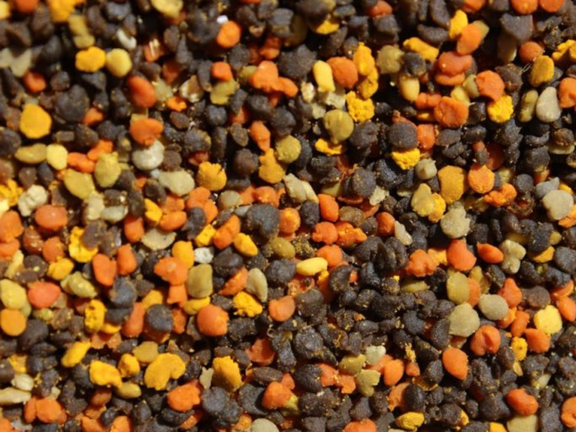This is the eigth short news article written by students, during the professional development class of Spring 2024, about each other's research.

This is the seventh short news article written by students, during the professional development class of Spring 2024, about each other's research.

This is the sixth short news article written by students, during the professional development class of Spring 2024, about each other's research.

The Penn State Museum Consortium will hold the spring 2024 "Night at the Museums" on April 25. Participating museums on the University Park campus will be open from 4 to 8 p.m. This is a chance for students, staff, faculty and the community to visit a variety of unique and interesting museums across campus. Admittance to the museums is free and open to the public.

This is the fifth short news article written by students, during the professional development class of Spring 2024, about each other's research.

This is the fourth short news article written by students, during the professional development class of Spring 2024, about each other's research.

This is the third short news article written by students, during the professional development class of Spring 2024, about each other's research.

This is the second short news article written by students, during the professional development class of Spring 2024, about each other's research.

This is the first short news article written by students, during the professional development class of Spring 2024, about each other's research.

A new study led by researchers at Penn State has clarified how a widespread bacteria called Wolbachia and a virus that it carries can cause sterility in male insects by hijacking their sperm. These findings could improve techniques to control populations of agricultural pests and insects that carry diseases like Zika and dengue to humans.

The wide world of insects is open for exploration at the Frost Entomological Museum at Penn State. Visitors to the facilities can get up-close and personal with weird and wonderful creatures from around the world, ranging from Pennsylvania pollinators to fossils or invasive species.

A team of researchers led by Sara Hermann, assistant professor of arthropod ecology and trophic interactions in the Penn State College of Agricultural Sciences, has developed pest control tools based on chemicals present in interactions between ladybugs and aphids. These tools could offer farmers more sustainable pest-control options.

Managing forest edge habitats to maintain a gradient of canopy cover and plant density could be key to conserving some threatened native plant species such as wild lupine, according to Penn State researchers, who said edge habitats along roadways and utility rights-of-way provide prime opportunities to promote rare native plant populations.

Two entomologists in Penn State’s College of Agricultural Sciences have been appointed to serve on a new U.S. Department of Agriculture subcommittee on pollinators.

Honey yields in the U.S. have been declining since the 1990s, with honey producers and scientists unsure why, but a new study by Penn State researchers has uncovered clues in the mystery of the missing honey.


A team of Penn State graduate students recently secured first place in the national 2023 Entomology Games, marking the first time a school from the eastern division earned the honor.

The Penn State Honey and Pollen Diagnostic Lab now is accepting honey and pollen samples from researchers and beekeepers who would like to identify the plants at the genus level from which honeybees are collecting nectar and pollen.

New updates have come to 'Beescape,' an online tool created by a Penn State-led team for assessing the quality of landscapes for supporting bees and other pollinators.

A team of Penn State researchers has received a $3 million grant from the National Science Foundation to spearhead a new initiative to create novel monitoring systems for insect populations, many of which are experiencing dramatic changes across the globe due to changes in land use, pollution and climate change.

The INSSECT NET Careers Symposium provides a fun and engaging online platform for undergraduate students to learn about how graduate school can lead to a rewarding and well-paying career in a STEM field.

Ten Penn State faculty have received Fulbright Scholar Awards for the 2023-24 academic year, according to the Fulbright U.S. Scholar Program.


This is the seventh short news article written by students, during the professional development class of Spring 2023, about each other's research.


This is the sixth short news article written by students, during the professional development class of Spring 2023, about each other's research.

Graduate students from the Penn State Entomology Department competed and won first place in the Entomology Games at this March's Entomological Society of America Eastern Branch Conference.

This is the fifth short news article written by students, during the professional development class of Spring 2023, about each other's research.

Pollinator Garden of Merit— Lorrie Preston Outstanding Pollinator Plants — Salix discolor, American pussy willow, by Lorri Schmick Protecting Pollinators— Avoiding Invasives: Acer platanoides, Norway maple, by Jen Mohler From the Center for Pollinator Research—New publication: Pollinator Plants to Support Bees

This is the fourth short news article written by students, during the professional development class of Spring 2023, about each other's research.


